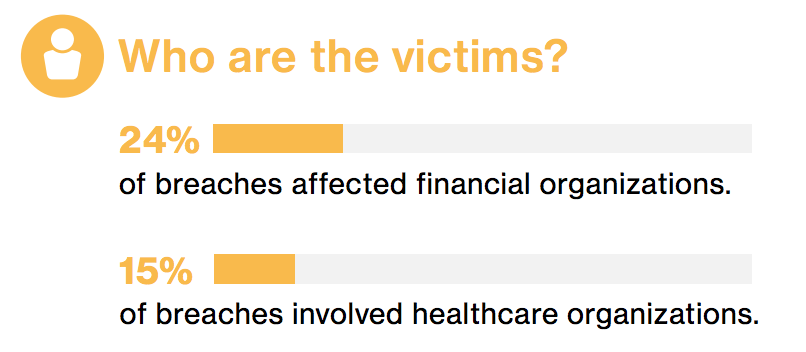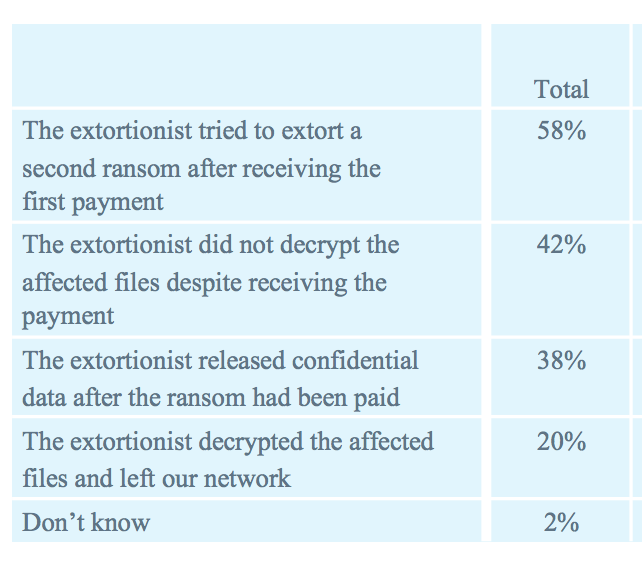Problem Statement: In cybersecurity, we’ve long feared the specter of advanced malware and AI-enabled attacks. Yet today’s frontline is far more mundane—and far more human. Distraction, fatigue, and lack of awareness among employees now outweigh technical threats as the root cause of security incidents.

A KnowBe4 study released in August 2025 sets off alarm bells: 43 % of security incidents stem from employee distraction—while only 17 % involve sophisticated attacks.
1. Distraction vs. Technical Threats — A Face-off
The numbers are telling:
-
Distraction: 43 %
-
Lack of awareness training: 41 %
-
Fatigue or burnout: 31 %
-
Pressure to act quickly: 33 %
-
Sophisticated attack (the myths we fear): just 17 %
What explains the gap between perceived threat and actual risk? The answer lies in human bandwidth—our cognitive load, overload, and vulnerability under distraction. Cyber risk is no longer about perimeter defense—it’s about human cognitive limits.
Meanwhile, phishing remains the dominant attack vector—74 % of incidents—often via impersonation of executives or trusted colleagues.
2. Reviving Security Culture: Avoid “Engagement Fatigue”
Many organizations rely on awareness training and phishing simulations, but repetition without innovation breeds fatigue.
Here’s how to refresh your security culture:
-
Contextualized, role-based training – tailor scenarios to daily workflows (e.g., finance staff vs. HR) so the relevance isn’t lost.
-
Micro-learning and practice nudges – short, timely prompts that reinforce good security behavior (e.g., reminders before onboarding tasks or during common high-risk activities).
-
Leadership modeling – when leadership visibly practices security—verifying emails, using MFA—it normalizes behavior across the organization.
-
Peer discussions and storytelling – real incident debriefs (anonymized, of course) often land harder than scripted scenarios.
Behavioral analytics can drive these nudges. For example: detect when sensitive emails are opened, when copy-paste occurs from external sources, or when MFA overrides happen unusually. Then trigger a gentle “Did you mean to do this?” prompt.
3. Emerging Risk: AI-Generated Social Engineering
Though only about 11 % of respondents have encountered AI threats so far, 60 % fear AI-generated phishing and deepfakes in the near future.
This fear is well-placed. A deepfake voice or video “CEO” request is far more convincing—and dangerous.
Preparedness strategies include:
-
Red teaming AI threats — simulate deepfake or AI-generated social engineering in safe environments.
-
Multi-factor and human challenge points — require confirmations via secondary channels (e.g., “Call the sender” rule).
-
Employee resilience training — teach detection cues (synthetic audio artifacts, uncanny timing, off-script wording).
-
AI citizenship policies — proactively define what’s allowed in internal tools, communication, and collaboration platforms.
4. The Confidence Paradox
Nearly 90 % of security leaders feel confident in their cyber-resilience—yet the data tells us otherwise.
Overconfidence can blind us: we might under-invest in human risk management while trusting tech to cover all our bases.
5. A Blueprint for Human-Centric Defense
| Problem | Actionable Solution |
|---|---|
| Engagement fatigue with awareness training | Use micro-learning, role-based scenarios, and frequent but brief content |
| Lack of behavior change | Employ real-time nudges and behavioral analytics to catch risky actions before harm |
| Distraction, fatigue | Promote wellness, reduce task overload, implement focus-support scheduling |
| AI-driven social engineering | Test with red teams, enforce cross-channel verification, build detection literacy |
| Overconfidence | Benchmark human risk metrics (click rates, incident reports); tie performance to behavior outcomes |
Final Thoughts
At its heart, cybersecurity remains a human endeavor. We chase the perfect firewall, but our biggest vulnerabilities lie in our own cognitive gaps. The KnowBe4 study shows that distraction—not hacker sophistication—is the dominant risk in 2025. It’s time to adapt.
We must refresh how we engage our people—not just with better tools, but with better empathy, smarter training design, and the foresight to counter AI-powered con games.
This is the human-centered security shift Brent Huston has championed. Let’s own it.
Help and More Information
If your organization is struggling to combat distraction, engagement fatigue, or the evolving risk of AI-powered social engineering, MicroSolved can help.
Our team specializes in behavioral analytics, adaptive awareness programs, and human-focused red teaming. Let’s build a more resilient, human-aware security culture—together.
👉 Reach out to MicroSolved today to schedule a consultation or request more information. (info@microsolved.com or +1.614.351.1237)
References
-
KnowBe4. Infosecurity Europe 2025: Human Error & Cognitive Risk Findings. knowbe4.com
-
ITPro. Employee distraction is now your biggest cybersecurity risk. itpro.com
-
Sprinto. Trends in 2025 Cybersecurity Culture and Controls.
-
Deloitte Insights. Behavioral Nudges in Security Awareness Programs.
-
Axios & Wikipedia. AI-Generated Deepfakes and Psychological Manipulation Trends.
-
TechRadar. The Growing Threat of AI in Phishing & Vishing.
-
MSI :: State of Security. Human Behavior Modeling in Red Teaming Environments.
* AI tools were used as a research assistant for this content, but human moderation and writing are also included. The included images are AI-generated.






